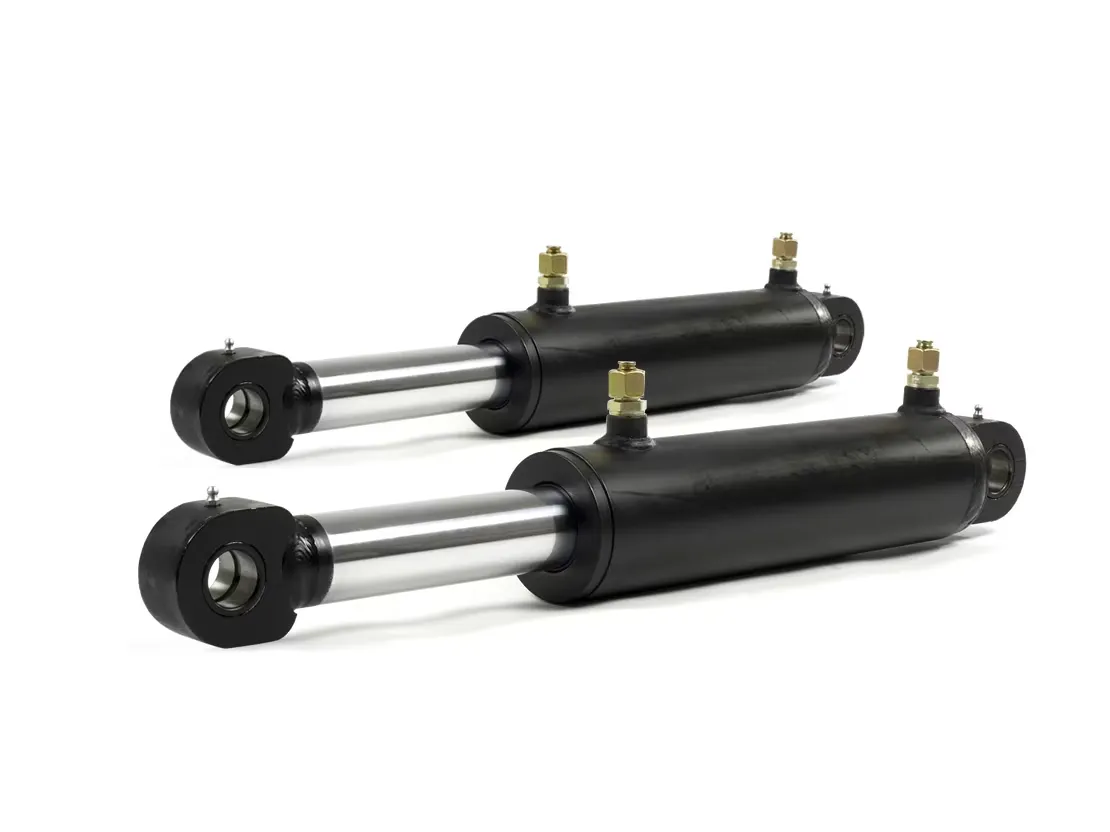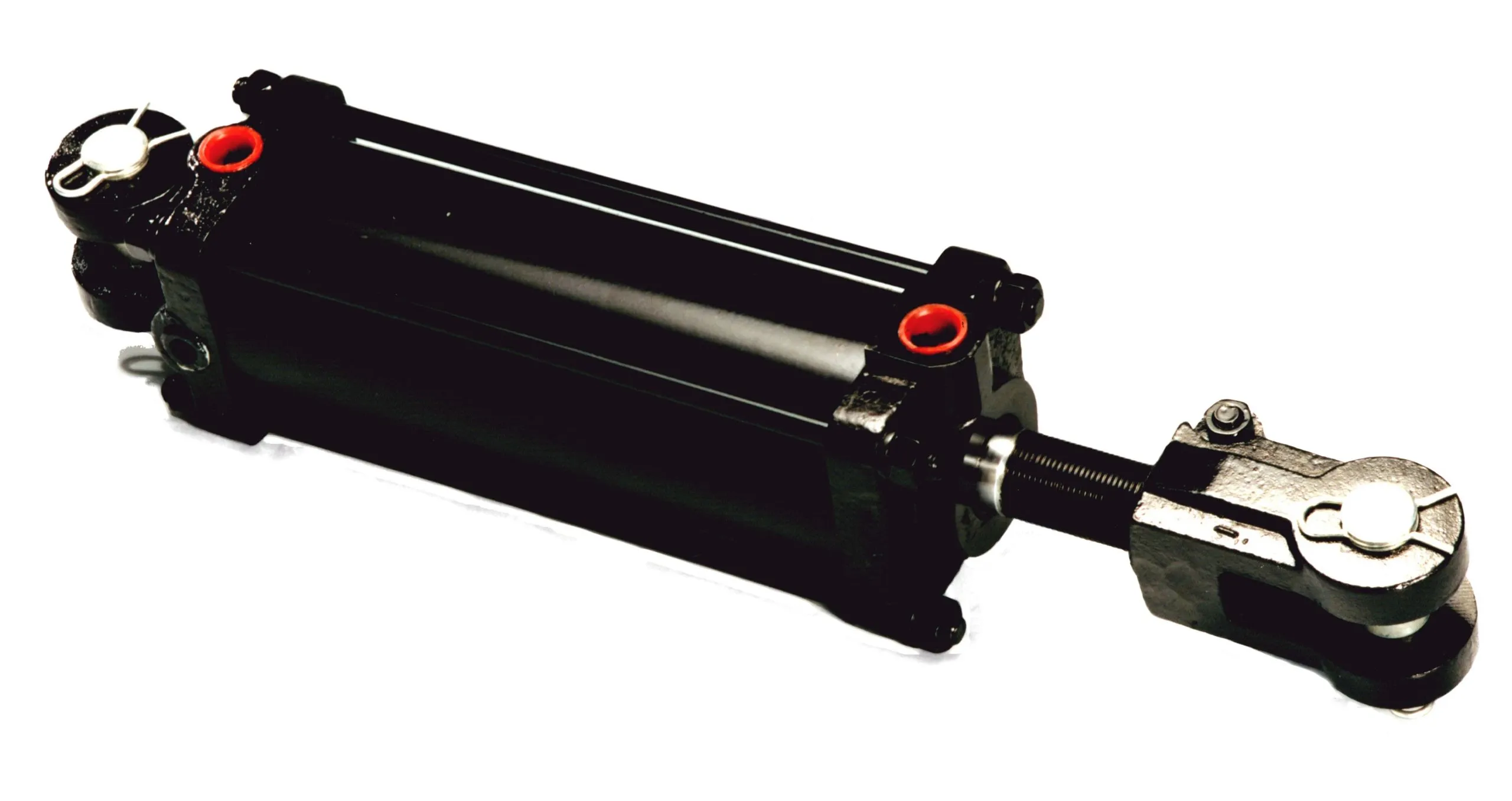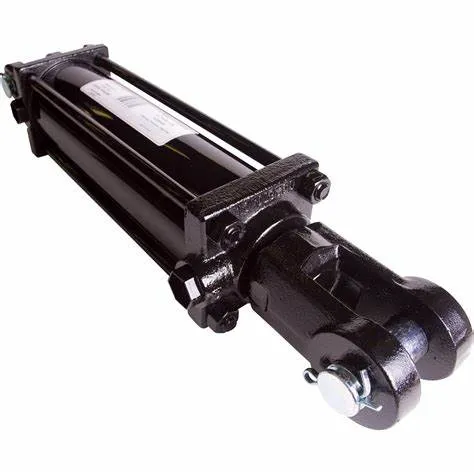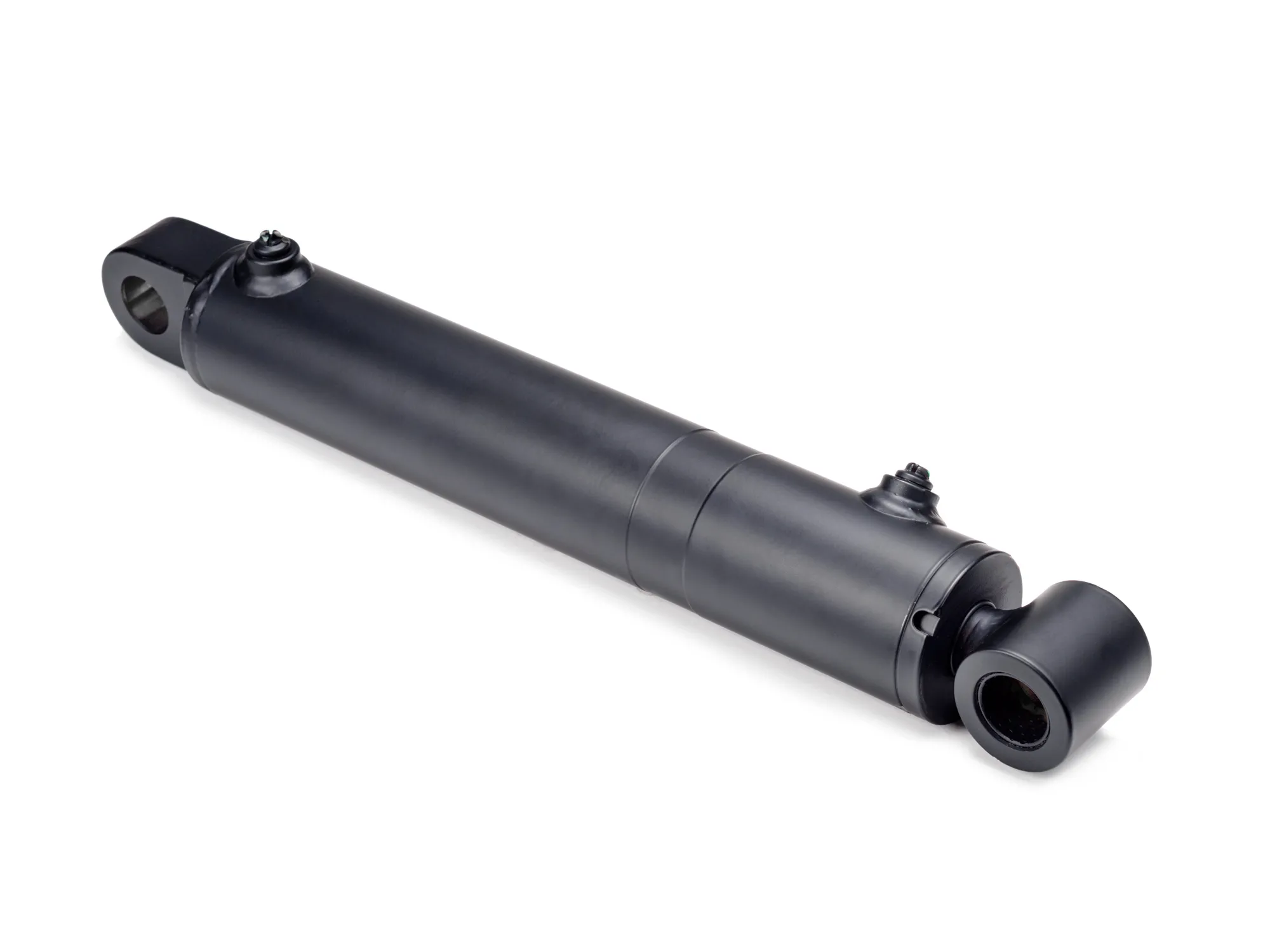Understanding Locking Single-Acting Hydraulic Cylinder

The locking single-acting hydraulic cylinder works under hydraulic pressure in one direction and incorporates a locking function to prevent movement in the absence of pressure. This mechanism ensures safety and stability in various applications.
Design and Construction Characteristics
- Locking Mechanism – Safety: The locking mechanism of the cylinder keeps the piston in a safe position when pressure is lost, preventing accidental retracting. It can be mechanical or hydraulic.
- Variety: Customizable design options include spring-loaded devices, pin locks, and other mechanical solutions tailored to specific needs.
- Compact Structure – Space Optimization: These cylinders are designed to be compact, making them suitable for diverse equipment in limited spaces.
- Precision Manufacturing – High-Precision Machining: Components are manufactured with precision to ensure optimal fit and sealing, avoiding leakage.
- Strict Quality Control: Materials and processes undergo rigorous testing during production to ensure component reliability.
- Assembly Process – Specialized Assembly: Professional technicians handle the assembly to ensure correct installation and calibration.
- Pressure Test: Post-assembly, cylinders undergo pressure testing to confirm performance and tightness.
Working Principle
The single-acting mechanism allows the cylinder to extend when hydraulic oil is pumped in, while a locking mechanism holds the piston in place to prevent retraction. This ensures load safety even if hydraulic pressure is lost.
Types and Configurations
There are three main types of locking single-acting hydraulic cylinders, each designed with specific configurations to suit different applications.
Benefits
- Enhanced Security: The locking feature reduces the risk of accidental retractions, enhancing operator safety.
- Reliability: These cylinders operate effectively under high loads and varying conditions, ensuring consistent performance.
- Simplicity: Easy to operate and maintain, making them user-friendly for various applications.

Applications
Locking single-acting hydraulic cylinders are commonly used in construction equipment, manufacturing, transportation, and aviation for their stability and safety benefits.
Design Considerations and Selection Criteria
Factors such as bearing capacity, sealing, durability, safety, and maintainability should be considered when selecting these cylinders for specific applications.
Sealing and Lubrication

Proper seals and lubrication, along with regular maintenance, are essential for the optimal performance and longevity of locking single-acting hydraulic cylinders.
Safety Considerations and Environmental Factors
Implementing safety measures and considering environmental factors are crucial when using these cylinders to ensure operational efficiency and worker safety.
Unit Power and Optimization
The power unit of these cylinders is influenced by factors like cylinder diameter, stroke, operating pressure, piston speed, and load conditions. Optimizing the power unit can enhance efficiency, energy savings, and reliability.
Question and Answers
- How does the locking mechanism work? The locking mechanism prevents piston retraction when hydraulic pressure is lost, ensuring load safety.
- What are the main components? The main components include the piston, seals, locking mechanism, and cylinder body.
- Advantages over standard cylinders? Locking cylinders offer enhanced security, stability, and reliability compared to standard cylinders.

Long-Tail Keywords
Three long-tail keywords for locking single-acting hydraulic cylinders are “Construction Machinery Locking Cylinder,” “Hydraulic Cylinder Safety Lock,” and “Locking Mechanism for Heavy Equipment.”
Our Company
We are a leading hydraulic cylinder manufacturer specializing in locking single-acting cylinders for construction machinery. With a complete product line and international certifications, we offer customized services, top-notch production equipment, and excellent after-sales support.
Author: lyl
